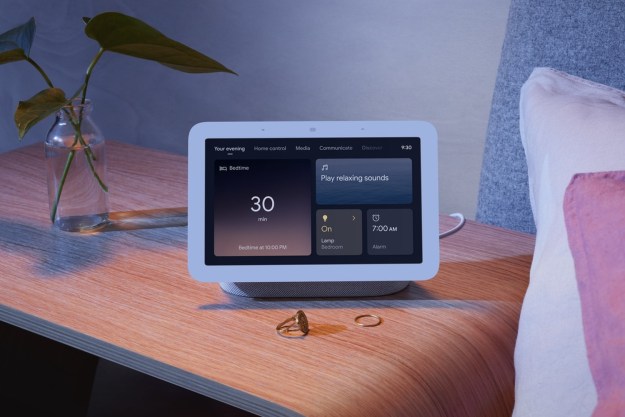Just when you thought that the pandemic had reached every area of your life, surprise! Your security cameras are being affected, too. In response to community issues caused by COVID-19 and requests made by internet service providers, Google has temporarily adjusted camera settings on its Nest cameras to help with internet strain. This means less video quality for your security system if you live in the U.S.

“With so many people working and attending school from home, we’re stretching our resources in ways we haven’t before — including the internet,” a Google representative stated in an email. “As local internet resources are stretched past their limits, you and many others may have noticed interruptions like dropped video calls or frozen screens. During this time, it’s critical for us to work together to ensure we find ways to help the community at large.”
As an answer to these problems, Google decided to prioritize bandwidth for learning and working, while cutting back on its security cameras. Within the next few days, Google is planning to adjust the quality and bandwidth setting on Nest cameras to the default setting. This will lower the video quality, though Google states that all of the other settings will stay the same.
This isn’t the only change that Google has made due to the pandemic. Currently, Google Nest phone support is unavailable and the I/O conference was canceled. Google also recently canceled its April Fool’s search page cartoon because the company believed that any jokes may seem to be in poor taste during this trying time.
Notifications are going out
When the change is made on your camera, you’ll get a notification on the Nest app. The change is only temporary, and Google says that you’ll also get a notification when everything is back to normal.
The changes aren’t mandatory
Don’t like the change? Don’t worry. If you feel like you need better video quality, you can change the settings back manually using the camera’s app. Just open the Nest app, select your camera, tap on Settings, and choose Quality and bandwidth from the options. From there, you can adjust the video quality and bandwidth settings to whatever you like.
You can still help
If you like your camera’s settings a certain way, there’s another way you can help to free up internet resources without sacrificing video quality. Just make sure your cameras are only on when you need them. You can do this by setting up a schedule, or by using the Home/Away Assist feature, which can automatically turn on and off your cameras when it senses you aren’t at home.
Editors' Recommendations
- Blink Mini 2 vs. Nest Cam (Indoor): Which is the better affordable security camera?
- Google Home adds new camera features and support for Nest Cam Outdoor
- Google Home adds support for Nest Cam Indoor
- How to wall-mount your Google Nest Mini
- Google’s new Nest Cams save video clips without the need for a subscription



